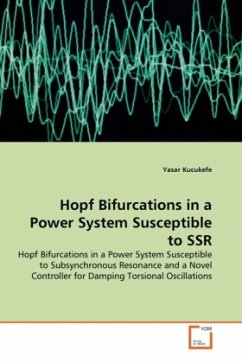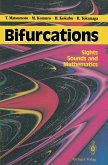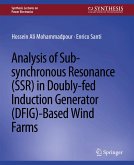In this study, Bifurcation theory is employed for the analysis of torsional oscillations in the first system of the IEEE Second Benchmark Model. Synchronous generators connected to transmission lines with series capacitor compensation are potentially subject to the interaction between the subsynchronous electrical mode and torsional oscillation modes of the turbine generator shaft system. This phenomenon is called Subsynchronous Resonance. Hopf bifurcation occurs at certain values of the series compensation factor. Instead of employing the Floquet multipliers method reported in the literature, the first Lyapunov coefficients are computed analytically to determine the type of Hopf bifurcation (subcritical or supercritical). In addition, a novel controller based on the delayed feedback control theory has been developed for damping the unstable torsional oscillations caused by SSR.
Bitte wählen Sie Ihr Anliegen aus.
Rechnungen
Retourenschein anfordern
Bestellstatus
Storno








